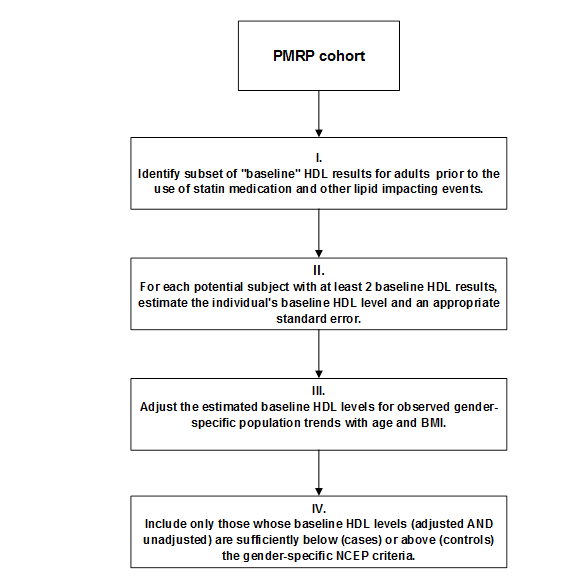Depression
Depression accounts for substantial morbidity and mortality worldwide and risk of experiencing it may have a genetic component. Depressive disorders manifest along a gradient from mild to severe.[1] Electronic health record (EHR) data linked to large, multi-site biobanks[2] facilitate exploration of the genetic component of depression.


